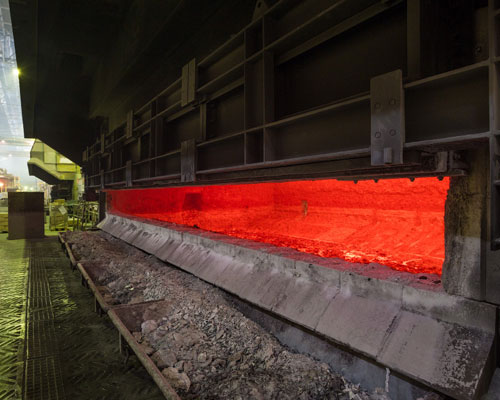Aluminum melt protection methods include two methods: one is to cover the surface of the melt with covering flux. The other is a protective alloy, that is, adding oxidizable elements into the alloy to form a dense protective oxide film on the surface of the melt. The starting point of these two methods is to establish inert surface, so that gas and melt do not interact or greatly reduce the activity of chemical reaction, so as to achieve the purpose of aluminum melt protection.
The first method is applicable to all aluminum alloys. It can not only prevent melt oxidation and hydrogen absorption, but also has the effect of hydrogen removal. This is because the melting point of the covering flux is usually lower than that of the melt, the density is smaller than that of the melt, and has good wettability. A continuous liquid coating film can be formed on the surface of the melt to separate the melt from the furnace gas. In general, oxygen and water vapor can not or rarely react with the melt through the coating, while hydrogen atoms dissolved in the melt can penetrate the coating and escape because of its small radius.

The surface of the alloy is composed of a loose magnesium oxide film with a content of more than 1%. It can not prevent the reaction between metal and gas. Therefore, in addition to the first method of protection, the protective alloying method is also adopted.
Beryllium (5-50) × 10-4 is added to the alloy to prevent the alloy from oxidation in the process of standing, casting and subsequent heat treatment and hot working. In aluminum melt, beryllium is a surface active material. Its affinity for oxygen is greater than that of aluminum, but its ionic radius is smaller than that of aluminum and magnesium. Beryllium preferentially diffuses to the melt surface or fills in the rupture of MgO film and oxidizes. Beryllium oxide, with β > 1, also has the characteristics of high resistance, low decomposition pressure and good thermal stability. Together with MgO, it forms a dense spinel structure beryllium magnesium oxide film, which improves the oxidation resistance of the alloy and plays an effective protective role. If beryllium is not added in the aluminum alloy with high magnesium content, it is difficult to control the magnesium content in the quasi alloy during the melting and casting process.

